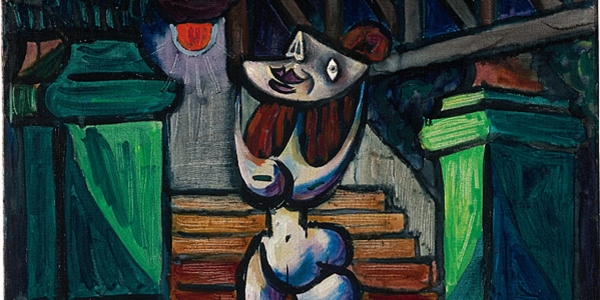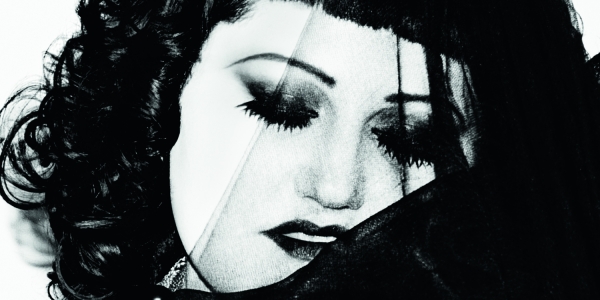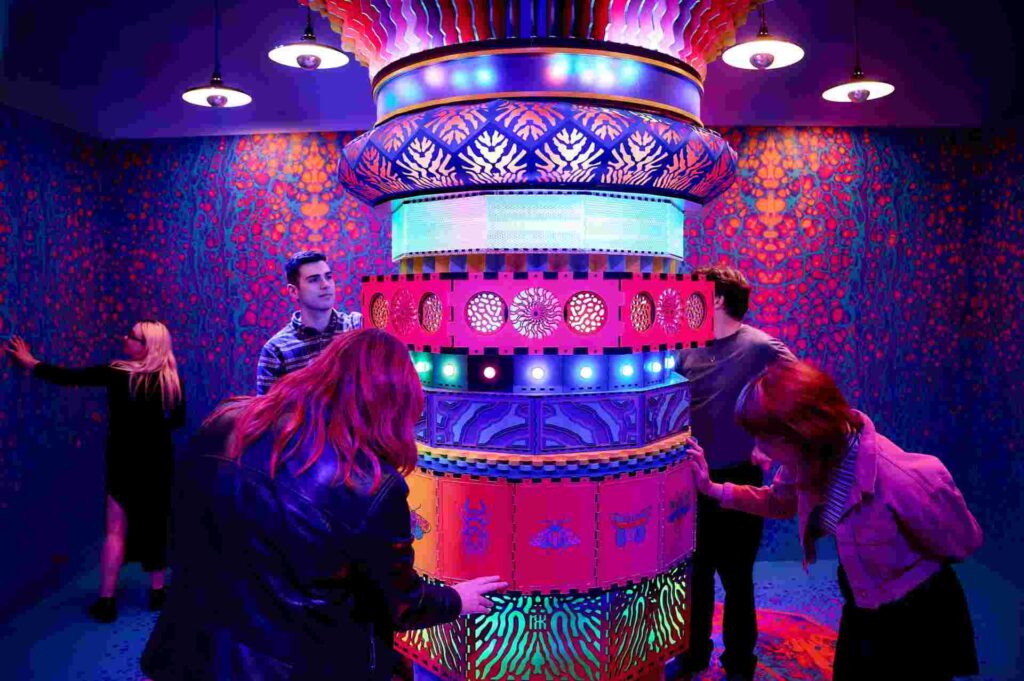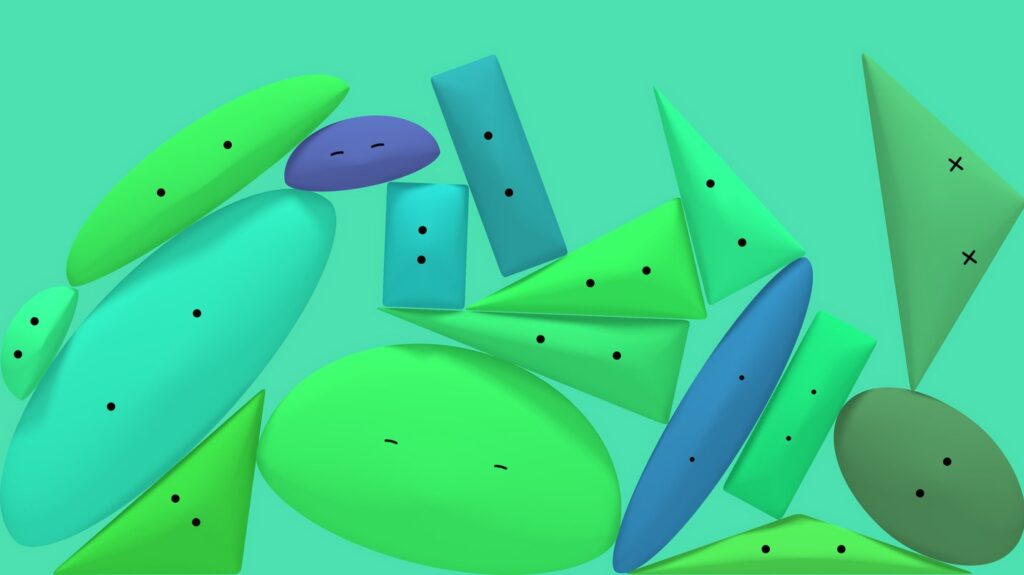Albert Tucker: prolific Australian artist, member of the Angry Penguins, crusader of modern art – whose career epitomizing series ‘Images Of Modern Evil’
Albert Tucker: prolific Australian artist, member of the Angry Penguins, crusader of modern art – whose career epitomizing series Images Of Modern Evil will be shown for the first time in its entirety as part of Heide’s 30 th birthday celebrations come Saturday March 19.
This is not your standard exhibition; borrowed, gathered and formulated. Five years ago Heide Museum Of Modern Art was gifted a collection of Tucker’s work from the Victorian Government, and the Tucker Gallery was opened in response. Each year there are two shows in the exhibition program based on a collection of Tucker’s work, however it has taken five years of preparation to bring Images Of Modern Evil to an awaiting art audience.
Images Of Modern Evil are gory, gritty, sublime and sensual "perceived responses to moral collapse," as curator Lesley Harding explains. She is one of the brains behind the Tucker Gallery, with five years working for the gallery as researcher and curator. Harding is a wealth of Tucker knowledge, which she relates in a steadily excited manner on a misty Melbourne afternoon a week before the exhibition is due to open.
Images Of Modern Evil is a somewhat ambiguous series. The styles used are diverse, the locations range from Australia to Europe, and the series is not entirely sequential. Some of the works are numbered, 1 – 34 were made between 1943 and 1948, with the entire collection created over eight years. There are consistencies that link the work together, including location – mostly set in the inner suburbs of Melbourne with later work stretching to Paris and London – as well as content, imagery and themes. One of the most obvious links is the symbol of a mouth, which begins with the literal depiction of lips, as bright as the brightest red lipstick. In later works the mouth mutates to a surreal crescent shape, mirroring the influence of surrealism on Tucker’s work. Harding explains that this "abstract iconography" developed in Images Of Modern Evil was a key component in selecting the series, a body of work that the artist would return to for the rest of his life.
Tucker was influenced by the German expressionists, Picasso, surrealism, and cubism, and through Images Of Modern Evil helped to bring Australian art to an international level. "He and [Sidney] Nolan really took Australian culture out of its pastoral gum trees kind of tradition and made Australian art something that could be a dialogue with art that was happening in the rest of the world," Harding says. She explains, "[Tucker] was quite self conscious about integrating local content with the international language of modernism." Not only was his style progressive and reflective of modern European artists, but his imagery was also in direct response to the social crises and propaganda that plagued media after WWII. He depicts empowered yet glorified and increasingly surrealist and cubist female figures; sexualised objects for American and Australian soldiers, they are confronting, bare, serene, or ugly. Images Of Modern Evil opened Australia up to the international art scene and in turn helped mark a turning point for future art created on the continent.
This is a beautiful collection. The work ranges in style, providing a visual variety and depth derived from the influences of Tucker’s contemporaries in Australia and Europe. The content and key female figure developed along with these influences. Harding explains, "he sort of invented this protoplasmic figure that appears in the early part of the series and this figure transforms as the series goes on. By the time he really starts looking at Picasso after the war… all of those elements start getting integrated into the work and they become more cubist." For the figures and other forms Tucker often uses strong black lines, and there is a poetic fluidity or movement in some works. Others have perfect brushstrokes creating light, while other works are just as serene as others are sinister. Either way, "they really are about asking questions rather than giving answers," Harding states. Which is why as a current world in continuing crises, they couldn’t be more relevant.
Images Of Modern Evil opens Saturday March 19. Albert Tucker’s work is supported by a small collection from his contemporaries including Arthur Boyd, Joy Hester, Sidney Nolan and John Perceval. Tickets: Adults $12, Seniors $10, Concessions $8. For more information, check out heide.com.au.







